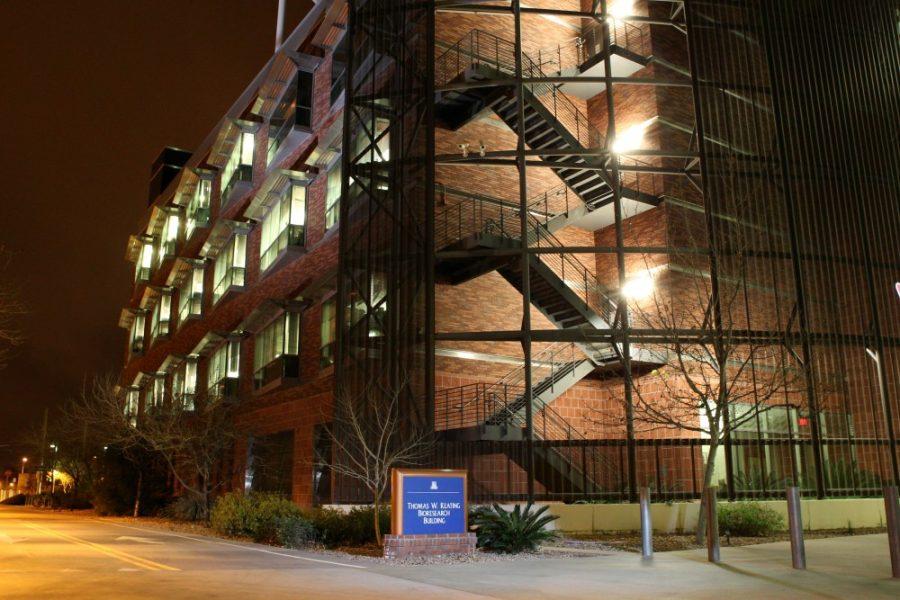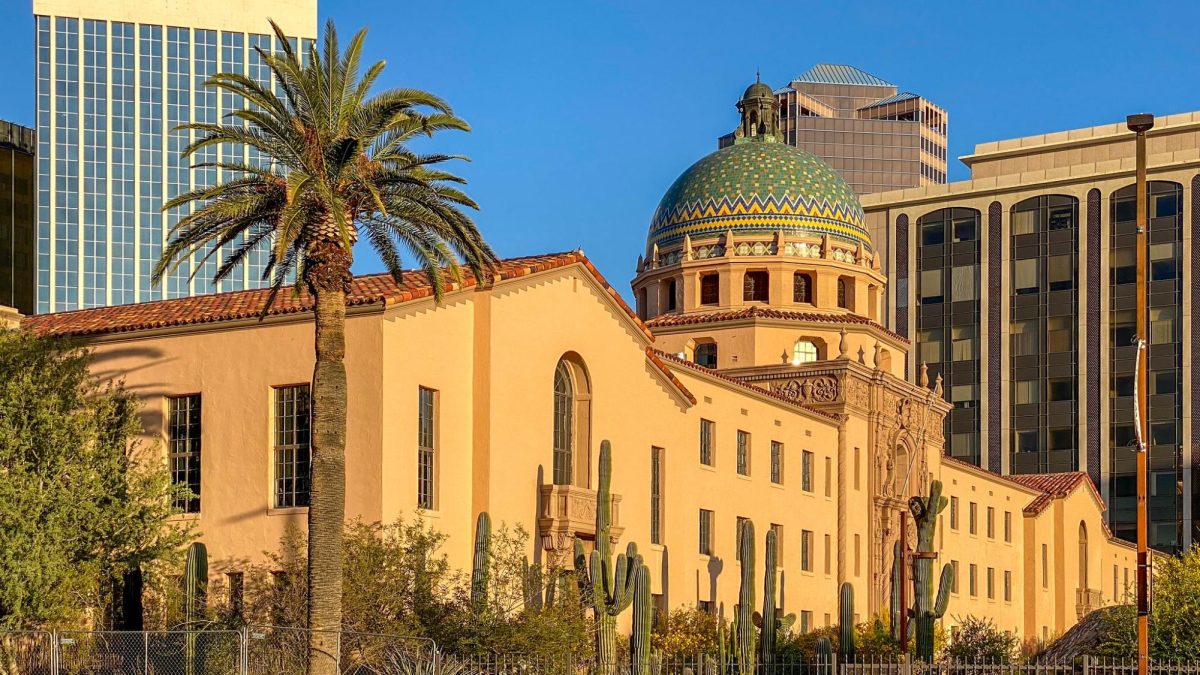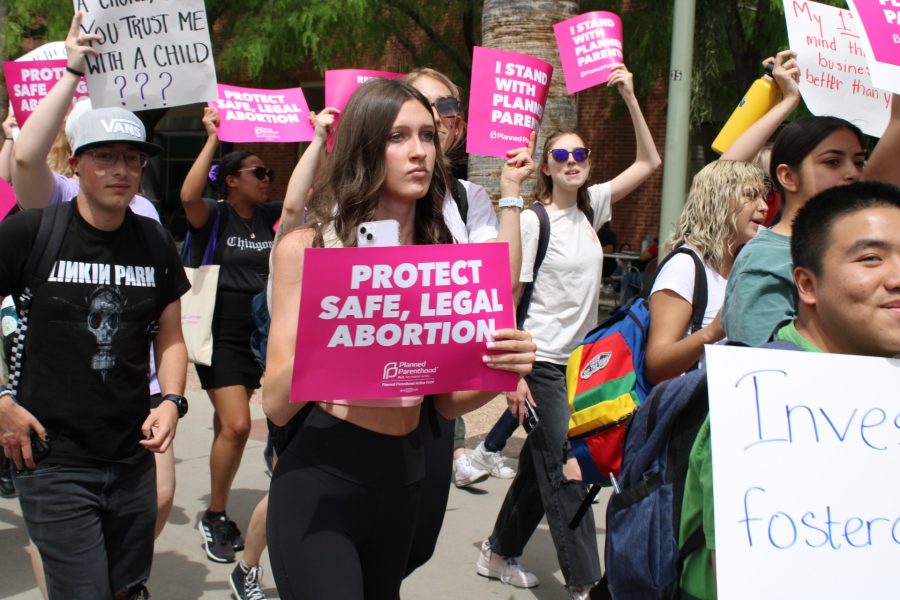The UA’s BIO5 Institute has recently been ranked No. 4 on a list of the “50 Best Graduate Research Institutes 2016” on the Grad School Hub website.
According to the Grad School Hub website, the ranking was based off a point system that gave points to research institutes for awards and recognition for the research conducted, having a facility that reaches a certain level of LEED certification, the amount of university research and development expenditures, and the “wow” factor, among other areas.
One of the other areas the Grad School Hub gave schools points for was an “interdisciplinary approach,” — something that is a major component of the BIO5 Institute. The institute focuses research in five different areas: engineering, agriculture, medicine, science and pharmacy.
“We do things that go beyond any one college,” Jennifer Barton, the interim director of the BIO5 Institute, said. “We do those things like big ideas — those grand challenges. Those ideas that are something that’s larger than any type of work that you’d expect to see in any one department or college.”
The research in these different areas allows the institute to give researchers a chance to collaborate with others outside their respective subjects and “share their advances with each other,” according to Barton. This collaboration allows researchers to make new discoveries within their own fields by utilizing others.
“My own laboratory is in biomedical engineering and I’m right next to the genomic facility. And what do you know, some of my students went over, found out about the types of things they were doing, got to learn about sequencing and how that could extend the work that we were doing in early detection of cancer,” Barton said. “We help facilitate that type of translation from one area to the other where the underlying mechanisms and science are actually similar.”
Shane Snyder, a professor of chemical and environmental engineering and a researcher at the BIO5 Institute, had a similar experience with this interdisciplinary research at the institute.
Snyder is currently researching emerging water contaminants. Although he specializes in chemistry, the professor whose office is next to his studies genotoxicity. By working with this professor, Snyder said that he is able to “look at water more comprehensibly” to ensure that they don’t form water treatment by-products that are too genotoxic.
“I think what’s more exciting is that we are able to cross-pollinate with other professors who do public health and cancer research and different aspects because making safe water involves a lot more than just chemistry, which is my area,” Snyder said.
Both graduate and undergraduate students can experience this interdisciplinary research style by working in the laboratories with researchers at the BIO5 institute.
“I would say the real advantage to those folks who have this opportunity beyond simply working in a departmental-level group is really the proximity and the opportunity you have for interdisciplinary mentoring here,” Barton said. “I think the students get a unique interdisciplinary opportunity to see all different kinds of research going on.”
The institute also offers workforce development and internships for students. Opportunities at the institute extend beyond graduate and undergraduate students, though. The institute’s Keep Engaging Youth in Science Program gives Arizona high school students a chance to spend seven weeks over the summer working on research projects in the labs with the bioscience and biomedical faculty. At the end of the program, the students present their research with a poster session.
Currently, the program has 48 students per summer, but that number may expand over time, according to Lisa Romero, the senior director of public affairs and communications at the institute.
“Many of those students actually end up spring-boarding from that and coming back to the university as undergraduates, and we have some great statistics to prove that that program really promotes people to want to come back to the UA,” Romero said. “They sometimes end up working in the same labs that they interned in when they were in the KEYS Program or others that they become associated with through that program. We really try to facilitate a lot of different kinds of programs that promote interaction with students.”
Follow Ava Garcia on Twitter.









